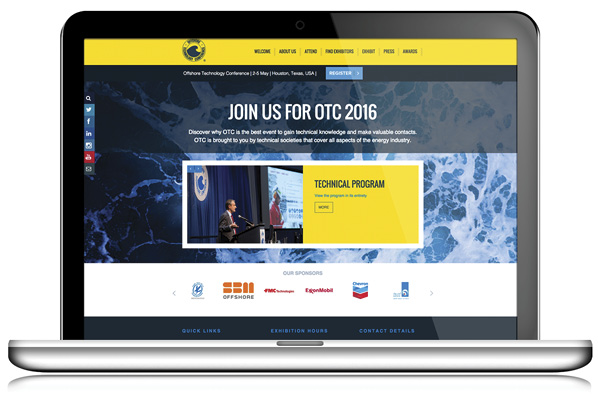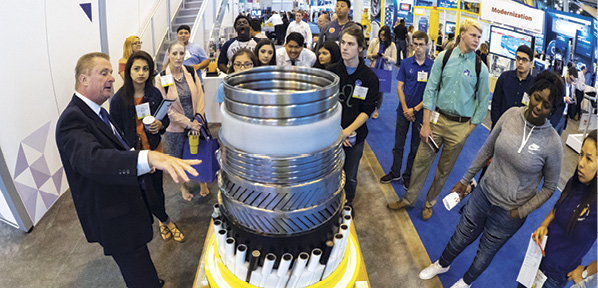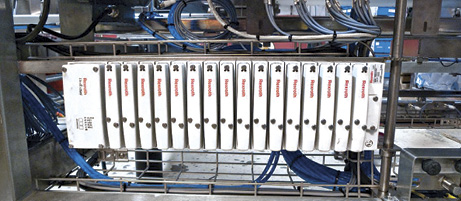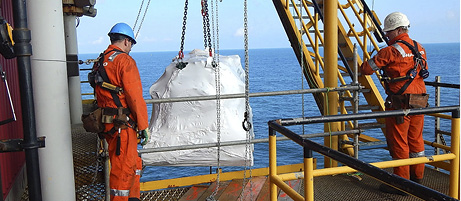Compressed Air Dryer Efficiency
In order to maintain adequate air quality in an industrial environment, the air produced by air compressors must be properly filtered and dried. If this is not done, then the hot, wet, and oily air will cause contamination in the distribution piping. Free water will cause steel pipes to rust. This water, rust, some amounts of compressor lubricant, and dirt that gets past system filters will form a murky sludge that will ruin tools and machines, as well as possibly contaminate the final product if it comes in contact with this muck.
The type of dryer selected by industries depends on the air quality requirements or the end uses. Some types of air dryers cost more to operate than others; this is important to understand when selecting dryers for a plant.
When the compressed air comes out of an air compressor, it has been squeezed like a sponge to about one-seventh of its original volume. This compression creates heat, which is released through the coolers installed on the air compressor and squeezes out water. Cooling the air releases more amounts of condensed water vapor because the cooled air cannot hold as much moisture as it did when it was at atmospheric pressure.
One kind of dryer, the refrigerated type, uses cooling of the air to remove enough moisture to reduce the dew point to around 35 to 40°F. The dew point is the temperature at which the air will be 100% saturated with water. As long as the temperature in the plant is above the dew point, no water will condense inside plant piping. Inside a refrigerated dryer, a refrigeration circuit cools down the flow of compressed air, the water saturates, the water droplets are removed by a water separator, and the compressed air is warmed back up to near ambient with a heat exchanger as illustrated in the Fig. 1 diagram.

These dryers use between about 0.5 and 0.8 kW of electrical energy per 100 cfm of compressed airflow at full load, but this number gets considerably larger if the dryer is partly loaded and has poor energy turndown characteristics. Repair and service shops are an example of a location that might have lower-than-average flow. Dryers on standby duty might be operating, but have no airflow. Some refrigerated dryers use a turndown method called “hot-gas bypass,” which routes the refrigerant around the evaporator to control the internal temperature. The evaporator is the location where the air is cooled, and its temperature must be accurately controlled to prevent dryer freeze-up. If temperatures reach below the freezing point, the dryer will plug up with ice. Unfortunately, using hot-gas bypass causes the dryer to consume near-full-rated power, even when there is little air flowing. A dryer rated at 200 cfm and 0.63 kW/cfm energy rating might still consume 6.1 kW per 100 cfm at 10% flow. This lightly loaded dryer would consume about $1,100 of electricity per year at a cost of 10 cents per kWh.
Refrigerated dryers can be purchased that cycle the refrigeration system in response to part loads, not unlike a refrigerator at home. Rather than keeping the refrigerant compressor fully loaded, it is turned on and off in response to a set temperature band. Usually some sort of thermal mass is employed to slow down the cycles so as not to damage the compressor motor with excessive starts. This cycling reduces the power consumption when lightly loaded. At 10% load, a cycling dryer of the same brand as previously discussed would consume about $440 in annual power consumption.
Sometimes compressed air is exposed to freezing temperatures, or an industrial process might require instrument air at -40°F dew point quality. If this is the case, desiccant dryers must be used to prevent ice from forming in the pipes or to avoid product contamination. The most common type of desiccant dryer is the heatless style, which uses twin drying towers filled with activated alumina that strips the moisture from the flow of compressed air by a process called “adsorption.” This type of dryer is very sensitive to contamination, so it needs particulate and coalescing filtration in the input and particulate filter on the outlet, which adds costly pressure differential. This dryer type also needs to use compressed air to regenerate the desiccant once it becomes saturated. When one tower dries, the other tower is purging, losing 15 to 20% of the dryer rating in compressed air flow to atmosphere to recondition the desiccant beads. This purge adds operating costs because the compressors must produce more air. Including pressure differential, and the costly purge, this dryer consumes about 3 kW per 100 cfm at full load, which is three to five times more than refrigerated drying. On uncontrolled dryers, this purge is continuous regardless of the flow. If the dryer is 10% loaded in a shop environment, the dryer will consume equivalent power at the rate of 30 kW per 100 cfm. A 200-cfm desiccant dryer will consume about $5,300 in energy costs per year.
Controls can be purchased for these dryers that sense the condition of the desiccant bed or the dew point of the produced air and will turn off the purge flow when conditions allow. For a lightly loaded dryer at 10% flow, this could save over $4,000 per year in electrical costs, quickly paying for the efficiency option.
Other desiccant dryer types, such as heated or heated blower styles, are available that use less purge air, which reduces the cost per cfm down to about 2 kW/100 cfm. These units can also save energy if dew point controls are applied.
Some things to consider about dryers:
- The higher the quality of air, the more it costs to condition, so don’t over dry the air.
- Cycling refrigerated dryers save energy at part loads.
- Use of dew point controls reduces desiccant dryer energy costs.
- Pressure differential across dryers can affect the operation of the air compressors, so choose the lowest-rated pressure drop.
- Proper maintenance of filters and drains is required to keep free water, oil, and dirt from causing dryer failure.
- Operating conditions can greatly affect dryers; inlet or cooling air that is too hot will overwhelm dryers.
- Be sure to turn the dryer off to save energy when the compressors are turned off.
- Use of a wet-air receiver upstream of the dryer can help condition the air, but additional dry receivers should also be placed downstream.








Air quality is something that I have never really thought about before. It is interesting that each one of these air compressors actually has an air quality requirement attached to it that it’s environment must meet. What will eventually happen if the air isn’t quire good enough?